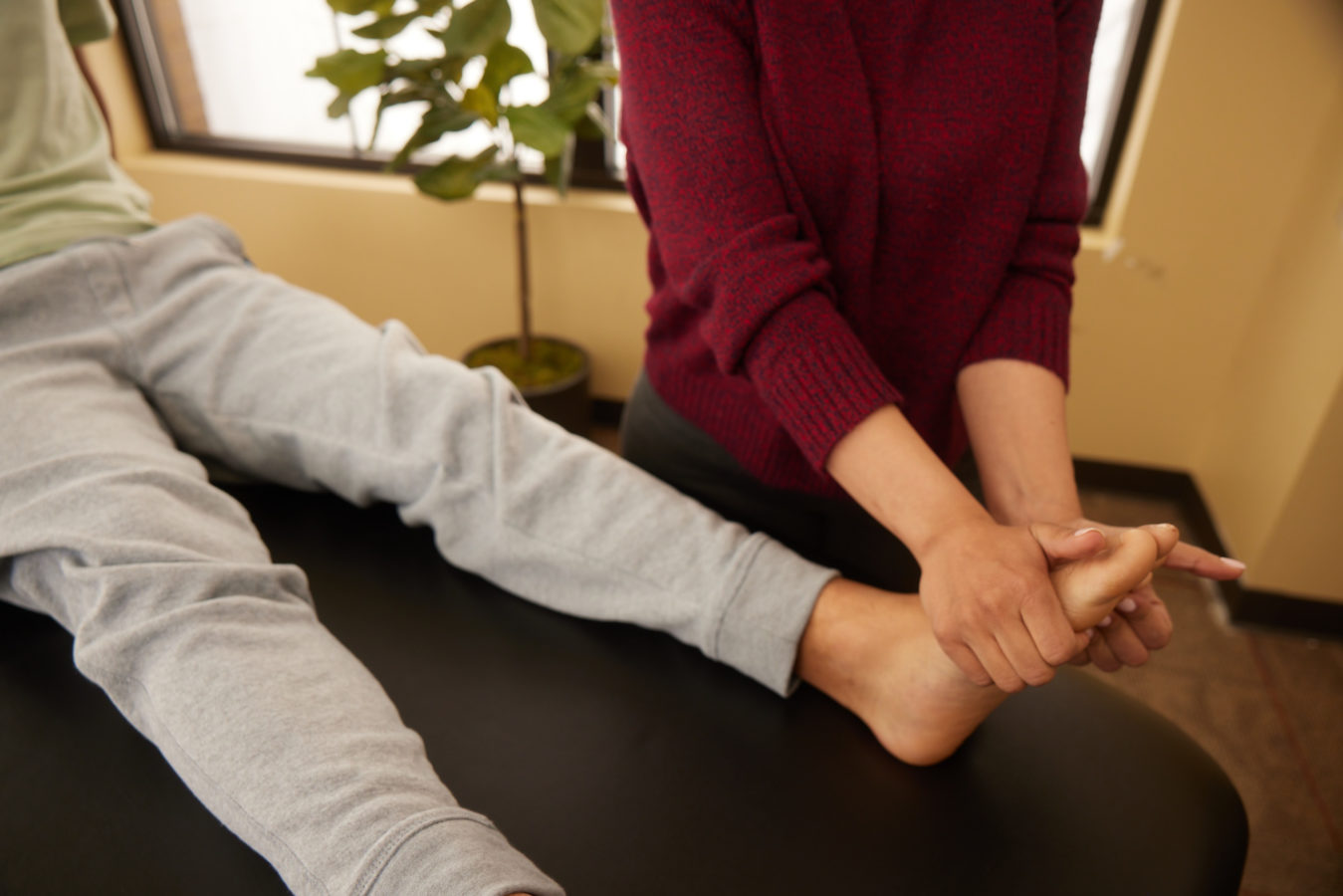
Tendinitis can cause pain in the foot’s arch, but physical therapy can help you reduce pain and regain mobility.
Like most forms of tendinitis, posterior tibialis tendinitis is swelling or irritation of a tendon–in this case, on the foot’s arch.
People with this condition can experience pain around the foot’s instep, possibly experience swelling along the tendon, and worsening pain with activity, such as running or walking for a long time. In some severe cases, the tendon will rupture, causing difficulty rising on the tippy-toes.


The first step in treating posterior tibialis tendinitis is to complete a thorough examination of the entire lower extremity. Once a cause is identified, a customized treatment plan will be created, which may include:
*Services are not available at every location. Visit our Locations page for more details.